Regulatory Changes
Regulatory changes are playing a pivotal role in shaping the Retail Lending Market. Recent reforms aimed at enhancing consumer protection and promoting transparency have compelled lenders to adapt their practices. For instance, the introduction of stricter lending criteria has resulted in a more cautious approach to credit issuance, which may lead to a decline in default rates. Data indicates that compliance with these regulations has increased operational costs for lenders by approximately 15%. However, these changes also present opportunities for lenders to build trust with consumers, as adherence to regulations can enhance brand reputation. As the regulatory landscape continues to evolve, it is essential for stakeholders in the Retail Lending Market to remain agile and responsive to these developments.
Economic Conditions
Economic conditions are a critical driver of the Retail Lending Market. Current indicators suggest a steady recovery in consumer confidence, which is likely to stimulate borrowing activities. As disposable incomes rise, consumers are more inclined to take out loans for various purposes, including home purchases and personal expenditures. Recent data shows that the overall lending volume has increased by 12% in the past year, reflecting a growing appetite for credit. However, potential fluctuations in interest rates could pose challenges for lenders, as higher rates may deter borrowing. Therefore, it is essential for stakeholders in the Retail Lending Market to closely monitor economic trends and adjust their strategies accordingly to capitalize on favorable conditions.
Competitive Landscape
The competitive landscape of the Retail Lending Market is becoming increasingly dynamic. With the entry of fintech companies and alternative lenders, traditional banks are facing heightened competition. These new entrants often leverage technology to offer faster and more flexible lending solutions, appealing to a tech-savvy consumer base. Data suggests that fintech firms have captured approximately 25% of the market share in personal loans, indicating a shift in consumer preferences. In response, traditional lenders are reevaluating their strategies, focusing on enhancing customer experience and streamlining operations. This competitive pressure is likely to drive innovation within the Retail Lending Market, as companies strive to differentiate themselves and meet the evolving demands of consumers.
Consumer Behavior Shifts
Shifts in consumer behavior are significantly influencing the Retail Lending Market. Recent surveys indicate that consumers are increasingly seeking personalized lending solutions tailored to their specific needs. This trend is particularly evident among millennials and Gen Z, who prioritize convenience and flexibility in their financial transactions. As a result, lenders are compelled to innovate their product offerings, incorporating features such as customizable repayment plans and instant approval processes. Additionally, the rise of e-commerce has led to an increase in demand for point-of-sale financing options, which are becoming a popular choice among consumers. This evolving consumer landscape suggests that lenders who can effectively respond to these preferences will likely capture a larger market share in the Retail Lending Market.
Technological Advancements
The Retail Lending Market is currently experiencing a surge in technological advancements that are reshaping the lending landscape. Innovations such as artificial intelligence and machine learning are enhancing credit assessment processes, allowing lenders to make more informed decisions. According to recent data, the adoption of these technologies has led to a 30% reduction in loan processing times, thereby improving customer satisfaction. Furthermore, the integration of mobile applications is facilitating easier access to lending services, particularly among younger demographics. This shift towards digital solutions is likely to attract a broader customer base, ultimately driving growth in the Retail Lending Market. As technology continues to evolve, it appears that lenders who embrace these advancements will gain a competitive edge, positioning themselves favorably in an increasingly crowded marketplace.
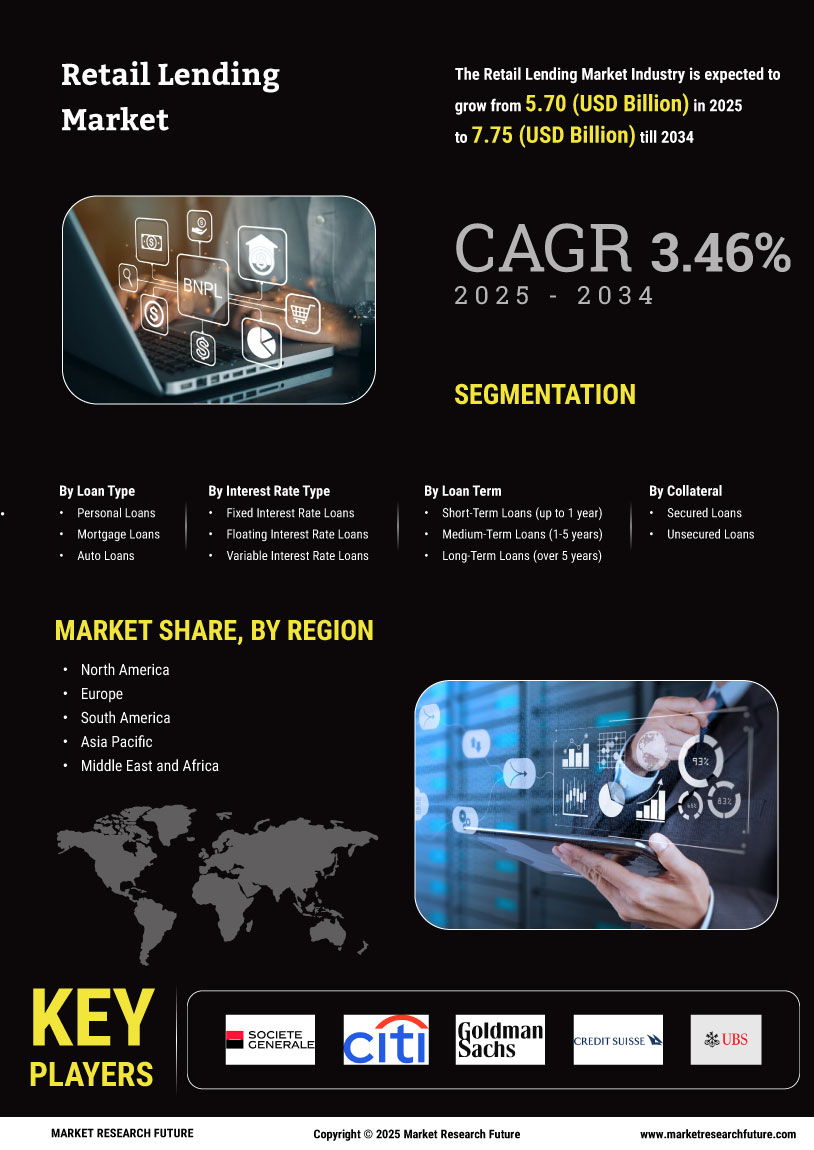

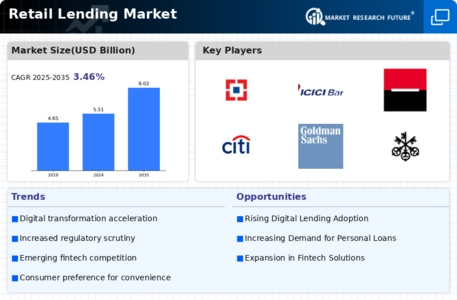
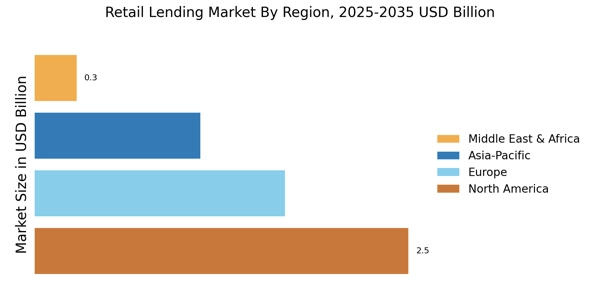
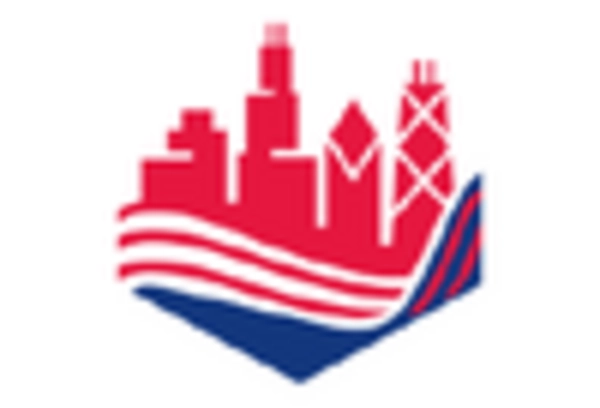
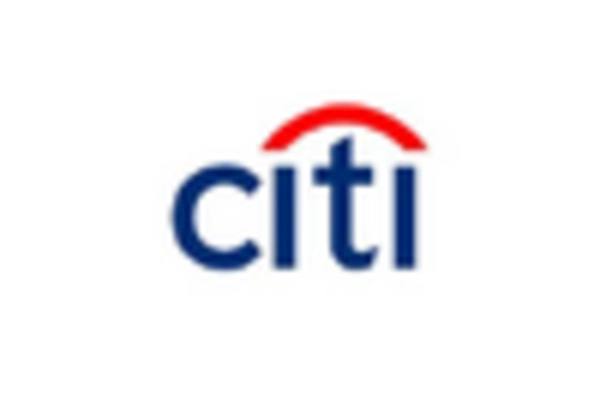
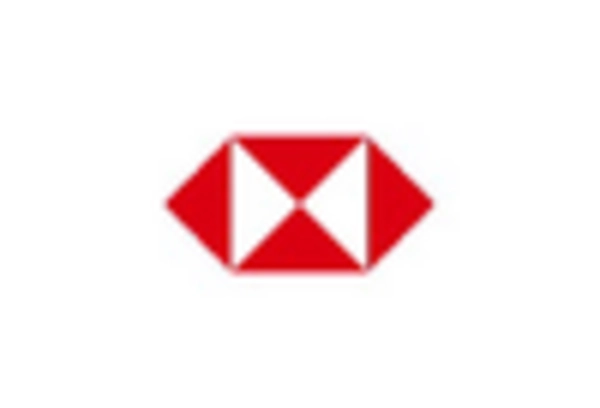
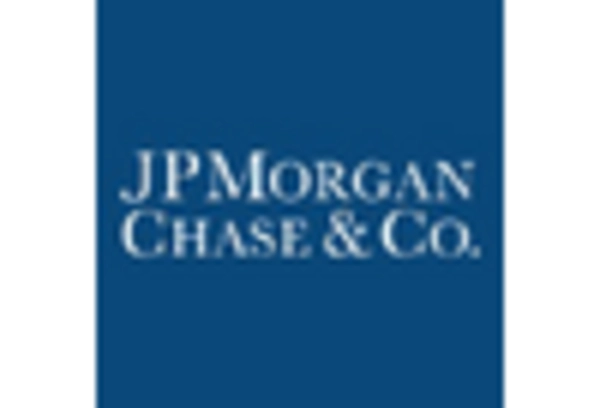
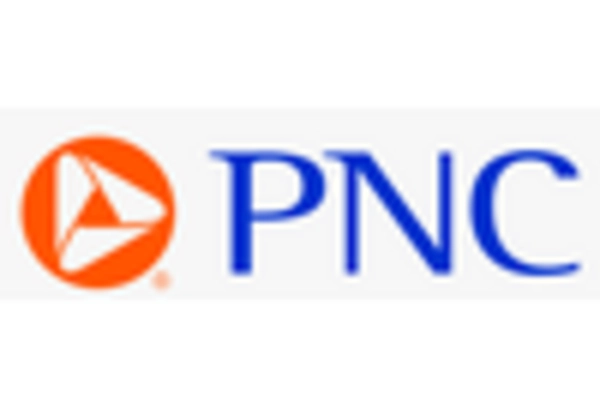
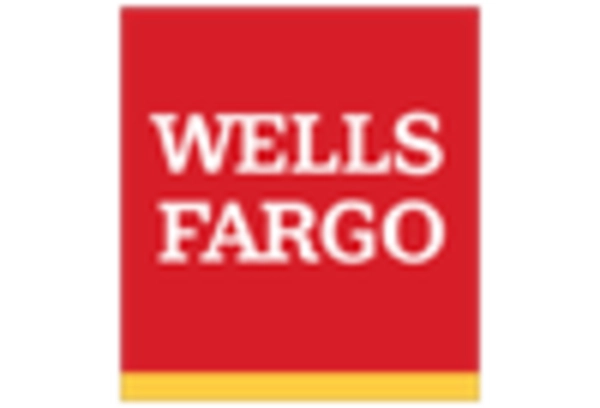








Leave a Comment